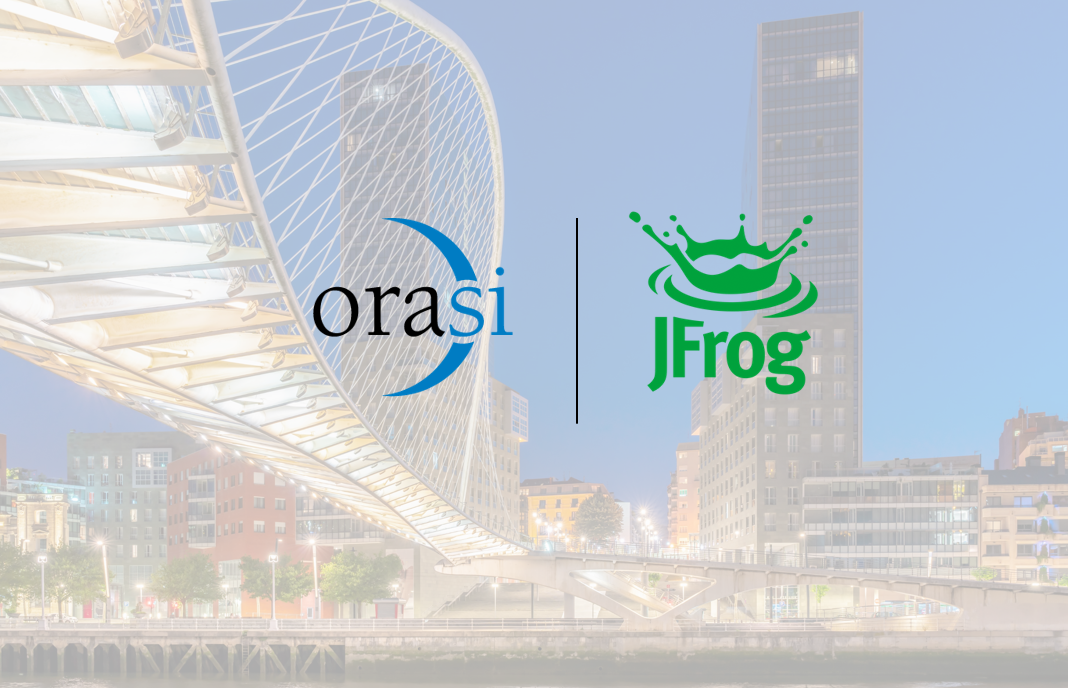By: Mark Lewis, SVP Sales and Marketing
In today’s digital era, simply choosing a new technology paradigm will not solve the deep-rooted structural and cultural clogs plaguing an organization’s software game. However, with DevOps, you can move toward the path of delivering true business value to the bottom line. Though, you must be able to move beyond the highly manual DevOps processes of today with siloed teams and a mind-boggling number of tools. With DevOps, the Dev and Ops teams can work in a galvanized effort. Therefore DevOps, when done right, helps an enterprise to gain a host of advantages:
- Rapid application delivery
- Continuous improvement and quick corrective actions
- A collaborative work culture that fosters innovation
- Enhanced user-centricity and, hence, better customer outcomes
- Strong integration capabilities
- Better efficiency, ROI, and application differentiation
- Robust quality assurance and time-to-market metrics
DevOps Works
As seen in reports like GitLab’s 2021 Global DevSecOps Survey, as many as 60 percent of developers were found releasing code 2x faster than ever before. Another significant change is that developers brought “high impact technologies” into their process rather than focusing on incremental improvements. These include source code management, CI/CD, and automated testing.
DevOps is also enriching the security posture. DevOps teams are running more security scans than ever before: over half run SAST scans, 44 percent run DAST, and around 50 percent scan containers and dependencies. And 70 percent of security team members report that security has shifted left.
Similarly, in the Accelerate State of DevOps Report, it was observed that elite performers continue to accelerate their pace of software delivery, increasing their lead time for changes from less than one day to less than one hour. Also, elite performers deploy 973x more frequently than low performers, have a 6570x faster lead time to deploy, and a 3x lower change failure rate. Even if a failure does happen, they have a 6570x faster time-to-recover rate from incidents. So, in comparison to low performers, elite performers are continually able to empirically demonstrate organizational success with DevOps.
Now, how to achieve a sound DevOps strategy? This is where one needs to master the critical processes of DevOps.
How to Achieve Fast, Predictable, Continuous DevOps Delivery
Remember these key practices and caution areas in order to achieve the next generation of DevOps and enable a true shift-left improvement.
- Start with a new agile approach to application development – create powerful synergy between Dev and Ops teams throughout the design to delivery, deployment lifecycle of the software.
- Have a clear roadmap of the project and overall culture. It has to have both – a bird’s eye view at the organization level and a detailed blueprint of how and where teams would work together and how the approach will change from now on.
- Remove unnecessary areas from coding, building, testing, deployment, release, monitoring, and review. Try to merge and cross-weave regions where agility and collaboration can bring down overall time, effort, and duplication.
- Add automation at the necessary places to cut back unnecessary manual effort and time. Give a fast track to the entire flow.
- Embrace the word Continuous at every level possible.
- Continuous Integration: A combined code repository with a consistent integration approach helps avoid costly delays and arrest redundant effort.
- Continuous Delivery: Since code changes are created, examined, and released into production in a regular flow, customers can get updates in a swift and quality-oriented manner.
- Continuous Monitoring: The DevOps benefit-spectrum hinges a lot on the consistent tracking of the development pipeline. Issues are monitored, corrected, and managed in a highly responsive and swift way through this ingredient.
- Integrate coding, testing, quality assurance, and deployment as one entity. Remove fragmentation at every level you can. Wipe away the ‘interval’ approach for the application flow. Use automated CI/CD pipelines so that you can merge and run new changes on the fly.
- Insert proactive tools and approaches for performance management, debugging, and user feedback.
As with most complex journeys, the transformation to an elite DevOps practice is best achieved with a clear roadmap to success.



